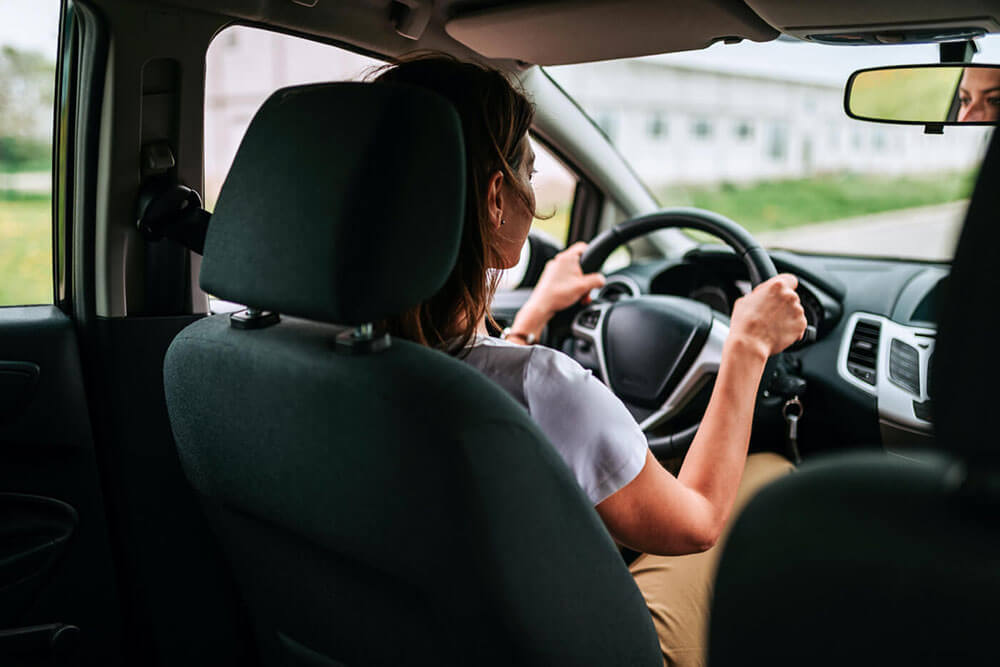Think about these questions: Can someone else drive my car? Do you know what happens if the person you lend your car to gets into an accident? Or who’s actually allowed to drive your car in the first place?
There are situations when it might be convenient and helpful to lend your car to somebody else. Say, if your babysitter kindly offered to take the kids to the local pool, or your in-laws are visiting town and want to explore while you’re at work. It’s pretty common to occasionally let someone else drive your car, but it’s also pretty common to be unsure of the impact it could have on your insurance, especially if you need to make a
Can someone else drive my car under my insurance? Guest driver requirements
When do I need to add a driver to my insurance policy? What happens if someone gets into an accident while driving my car? Can lending my car impact my insurance premium? What should I do before I let someone borrow my car? How can I save money on my car insurance?
Can someone else drive my car under my insurance?
Yes. In Canada, car insurance follows the car, not the driver. This means that if you lend your vehicle to someone, your car insurance policy will cover them and your car in the same way it covers you when you’re driving it – as long as they have your permission.
They also have to meet a few requirements.
Guest driver requirements
Generally, your car insurance should cover your vehicle when someone who’s not on your policy is driving it. But, the following things must apply:
- The driver is licensed to drive in Canada and legally allowed to drive in the province or territory.
- You’ve given your permission (either verbal or in writing) that the person can drive your vehicle.
- The driver sticks to the rules of your policy. So, if your policy is only for personal use, the driver can’t use your vehicle for business, like a pizza delivery job.
- The driver is using your vehicle on an infrequent basis (more on this below).
- They must be using the vehicle legally and not driving under the influence.
When do I need to add a driver to my insurance policy?
If someone uses your car quite a bit, you might have to add them to your policy as an occasional driver. This makes sure everyone's covered and helps your insurance company set the right price.
Now, every insurance company will have a slightly different stance on this. Legally, there isn’t an exact amount of driving time required before someone should be on your policy. To decide whether or not you should add an occasional driver, your insurer will usually look at incidental use vs. regular car use:
Incidental car use
Someone borrowing your vehicle rarely and randomly is considered incidental use – like if you’re lending your car to a friend to move a piece of furniture. In this case, they don’t need to be added to your insurance policy.
Regular car use
If someone uses your car often and consistently – like a weekly commute to the office – that's considered regular use. You must inform your insurance company, since they may need to be added to your policy as an occasional driver. If you don’t, it could cause problems if a claim happens.
Some insurance companies do require a driver with a learner’s permit to be added on to a policy, as they must be supervised by a driver with a full license. In any case, it’s best to reach out to your insurer for more information. Remember, your insurance is based on your vehicle and your driving record. If someone else gets into an accident, and it turns out they drive your car often, the claim can be denied.
